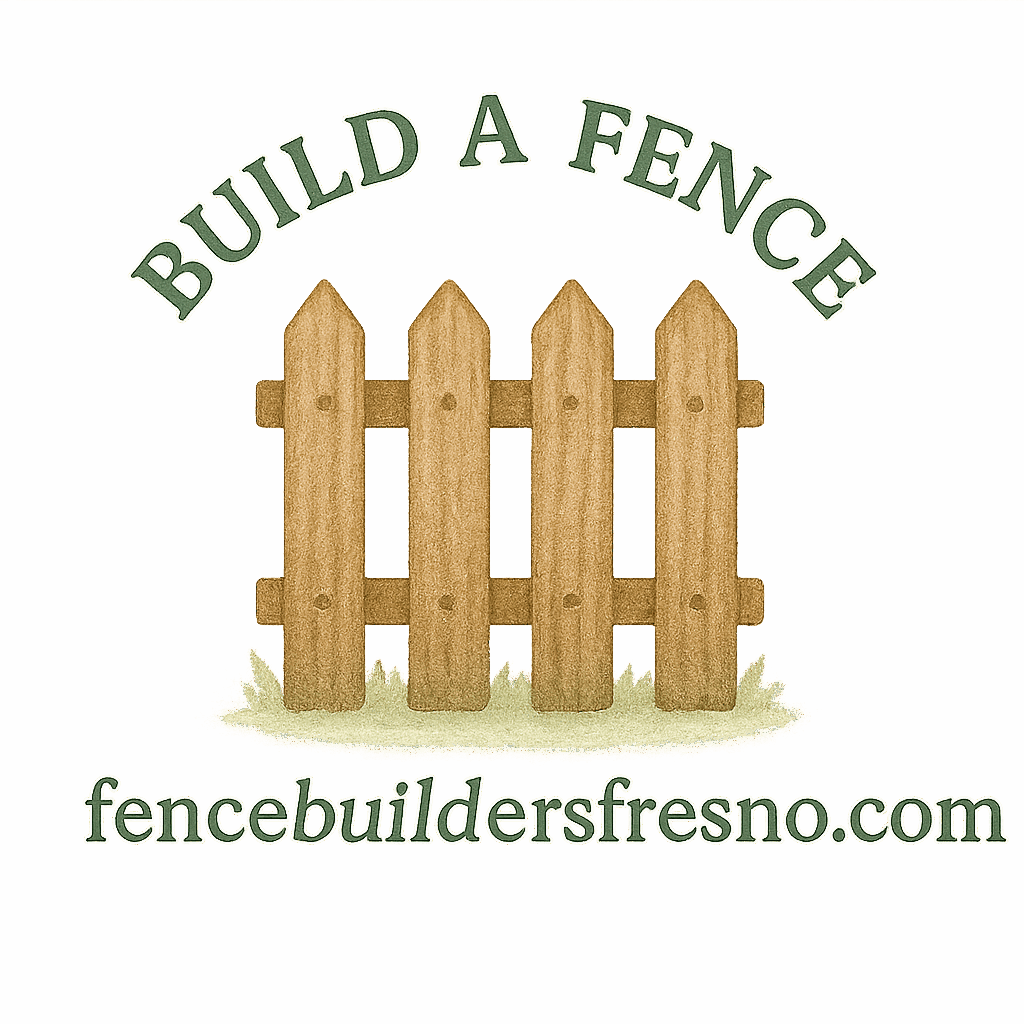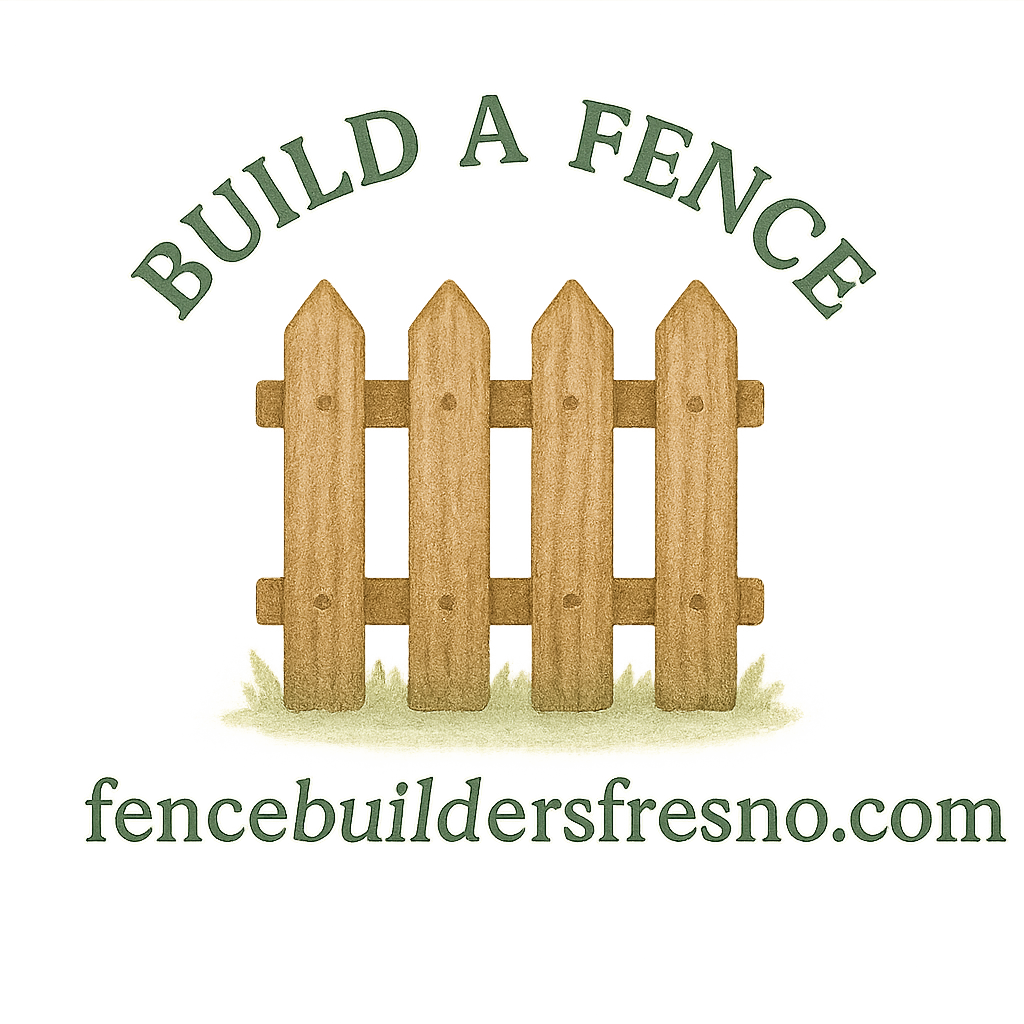Introduction to DIY Fencing Planning
Thinking about building your own fence? You’re not alone. Many homeowners are drawn to DIY fencing planning because it saves money, allows personal customization, and brings that sense of pride you only get from a hands-on project. But here’s the truth—picking the right fence material makes or breaks your project.
The wrong choice could lead to constant repairs, costly mistakes, or even legal disputes over property lines. That’s why we’re walking through 11 common fence materials, comparing their strengths, weaknesses, and best uses so you can plan your project with confidence.
Why Material Choice Matters in DIY Fence Projects
When tackling a DIY fence, it’s tempting to just choose what looks nice. But your material will determine how much the fence costs, how long it lasts, and how much work you’ll put into upkeep.
For instance, a wood fence has a timeless, natural look, but it requires ongoing care. On the other hand, a vinyl fence offers low maintenance but can cost more upfront.
Choosing wisely now saves you headaches later.

Factors to Consider Before Choosing Fence Materials
Before buying posts and panels, step back and look at the bigger picture.
Budget and Cost-Effectiveness
A chain link fence is affordable, while stone or wrought iron requires a bigger budget.
Durability and Lifespan
Do you need a short-term solution or something that lasts for decades?
Maintenance Requirements
Some fences demand regular upkeep, while others are virtually maintenance-free.
Local Legal & Property Considerations
Always check your property rights and boundaries before installing. Misplaced fences often lead to encroachment issues with neighbors.
11 Common Fence Materials Compared
Let’s break down the most popular materials for DIY fencing planning, along with their pros and cons.
1. Wood Fence
Learn more about wood fence care here.
Pros
- Natural, classic appearance.
- Customizable with stains and paints.
- Affordable upfront cost.
Cons
- Prone to rot, pests, and warping.
- Requires regular sealing and maintenance.
2. Vinyl Fence
Vinyl fencing options explained.
Pros
- Low-maintenance—no painting or staining.
- Durable against pests and weather.
- Comes in many styles.
Cons
- Higher initial investment.
- May crack in extreme cold.
3. Chain Link Fence
Pros
- Very cost-effective.
- Strong and weather-resistant.
- Ideal for pets and security.
Cons
- Offers little privacy.
- May rust if not coated.
4. Wrought Iron Fence
Pros
- Elegant, decorative, and timeless.
- Incredibly strong and secure.
- Adds value to a property.
Cons
- Expensive compared to others.
- Needs routine rust prevention.
5. Aluminum Fence
Pros
- Rust-resistant and lightweight.
- Easy to install.
- Decorative designs available.
Cons
- Not as strong as steel.
- Can bend on heavy impact.
6. Bamboo Fence
Explore more decorative fence ideas.
Pros
- Eco-friendly and sustainable.
- Provides a unique, tropical look.
- Budget-friendly in some areas.
Cons
- Limited durability in wet climates.
- Doesn’t offer high security.
7. Composite Fence
Pros
- Made from recycled materials.
- Resistant to rot and insects.
- Minimal maintenance needed.
Cons
- More expensive than wood.
- Limited design customization.
8. Steel Fence
Pros
- Exceptionally strong and durable.
- Great for high-security needs.
- Long lifespan.
Cons
- Higher cost than aluminum.
- Requires rust protection.
9. Stone or Rock Fence
Pros
- Timeless, natural beauty.
- Excellent privacy and security.
- Can last for centuries.
Cons
- Expensive to build.
- Labor-intensive installation.
10. Concrete Fence
Pros
- Extremely durable and strong.
- Excellent for privacy and noise reduction.
- Little to no maintenance.
Cons
- Heavy and difficult for DIY beginners.
- Higher material cost.
11. Living Fence (Hedges & Plants)
Pros
- Eco-friendly and natural.
- Provides beauty and shade.
- Can increase curb appeal.
Cons
- Needs time to grow.
- Requires trimming and maintenance.
Side-by-Side Comparison of Fence Materials
Here’s a quick guide to choosing:
- Budget picks: Chain link, bamboo, wood.
- Low maintenance: Vinyl, composite, aluminum.
- Super durable: Stone, concrete, steel.
- Eco-friendly: Bamboo, composite, living fences.
For more insights, see fence building basics and fence design planning.
Tips for Successful DIY Fencing Planning
Measuring Property Lines Correctly
Double-check property boundaries to avoid disputes.
Preparing Tools & Materials in Advance
Follow a clear fence installation guide to stay organized.
Following Local Codes & HOA Rules
Every area has unique rules. Ignoring them can lead to fines or forced removal.
Mistakes to Avoid in DIY Fence Projects
- Skipping permits and regulations.
- Ignoring soil conditions.
- Choosing materials that don’t suit your climate.
- Forgetting about long-term fence maintenance.
Final Thoughts on Choosing the Right Fence Material
The “best” fence material depends on your priorities. Want affordability? Go chain link or bamboo. Need durability? Choose steel, stone, or concrete. Prefer low maintenance? Vinyl and composite are your friends. Eco-conscious? A living fence or bamboo may be perfect.
Whatever you choose, thoughtful DIY fencing planning ensures your project is strong, stylish, and built to last.
Conclusion
DIY fencing planning isn’t just about digging posts and hammering panels. It’s about balancing cost, durability, upkeep, and style with your property’s needs. With this comparison of 11 common materials, you’re better prepared to choose the right fence for your home.
FAQs
1. What’s the most budget-friendly fencing option?
Chain link and bamboo usually win for low cost.
2. Which fence material lasts the longest?
Stone, concrete, and steel can last decades with minimal care.
3. Is vinyl better than wood for DIY fencing?
Yes, if you want low maintenance. Wood offers charm but needs regular care.
4. Can I build a fence right on my property line?
Yes, but confirm legal property considerations first.
5. What’s the best eco-friendly fence option?
Bamboo, composite, and living fences are top picks.
6. Do I need a permit for a DIY fence?
In most areas, yes. Always check local codes.
7. What’s the easiest fence material for beginners?
Vinyl and aluminum are beginner-friendly options for DIY installation.


